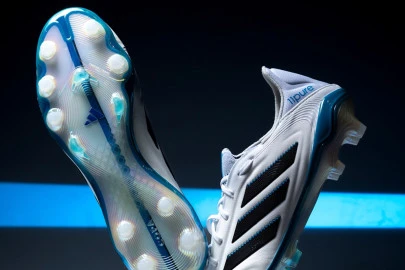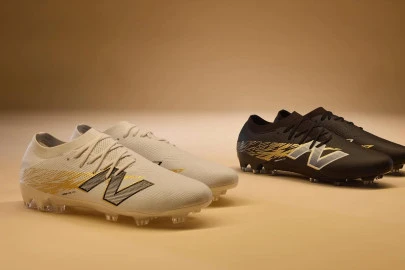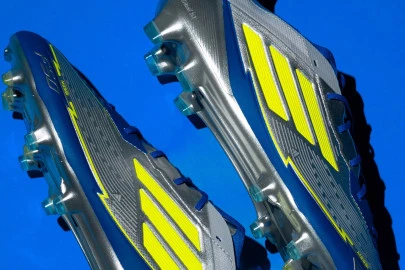First of all, let me offer you a thought. It must be made clear that each step, each strike of the ball and each jump, affects our equipment in a different way, and therefore, our own body (the most important thing at the end of the day), which means that the general performance affects one person or another and of course our boots or gloves in a different way.
Raúl González Blanco, ex-captain of the Spanish National Team and also of Real Madrid commented on seeing one of these artificial grass pitches for the first time; ‘Kids will turn out stupid because of this’. He is probably referring to the transition that players have to go through, on pitches and equipment that are perhaps not as ‘top’ as the ones we have today.
Rubber on artificial grass pitches:
A material so ‘annoying’ and sometimes so hated by many parents, who has not left at home more than a pile of these little balls? But it is a very important part of this type of playing field. The tendency is for them to disappear little by little, as they no longer appear on the latest generation of pitches, giving way to other more innovative materials. These little balls have several functions:
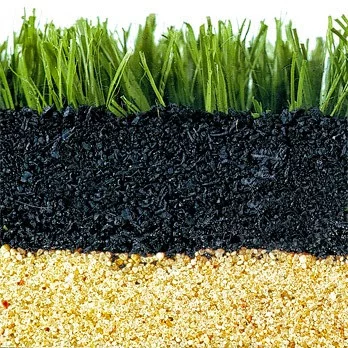
- Base: In addition to giving more consistency to the pitch, rubber is not the only material that we find in the whole pitch, but it also has a kind of salt which of course acts as a base, which in a natural grass pitch would be mud or earth, offering absorption and consistency.
- Cushioning: Without the rubber it would not exist, the ball would simply not bounce. As well as offering us the bounce of the ball (sometimes excessive), it also cushions the player in falls, jumps and in countless actions in which you need that extra cushioning.
- Ball flow: If we only had the hairs of the artificial grass the ball would not be able to roll normally on the pitch, in short, the ball could stop.
Cleaning and maintenance:
The abrasion that this type of field exerts is evident in the friction and burns that we suffer, both ourselves and our material. For a correct maintenance of the latter, we must be aware of the type of material our boot is made of.
- Leather football boots: In principle, if they get wet with a bit of newspaper and leaving them in a dry place, without direct sunlight, it would be enough, we must be careful with radiators as they are elements that dry a lot the skin of our boot, for this a balm from time to time will be great. Regarding cleaning, a cloth with water and to remove those black stains that the rubber generates, our SP rubber cleaner is great, but be careful, apply it outdoors, on the terrace/balcony of your house or in the street, the next step is to rub with a dry cloth and the football boots will be perfect
- Synthetic football boots: The steps to follow are the same as with the leather football boot, with one thing in favour, we will not need any maintenance as far as balms or greases are concerned.
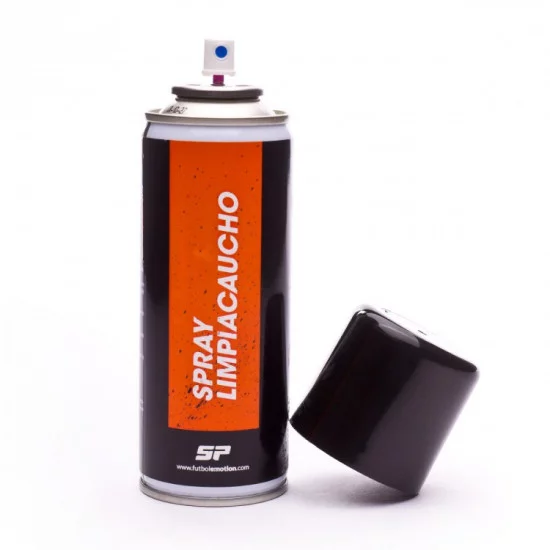
And here is the subject that you will have read and heard so many times: Which cue should I use on this type of pitch?
These questions will continue to exist with the passing of time, as I am one of those who think that in a few years time, the future of football will, unfortunately, pass through artificial grass pitches.
Relevant links:
Purchase links:

